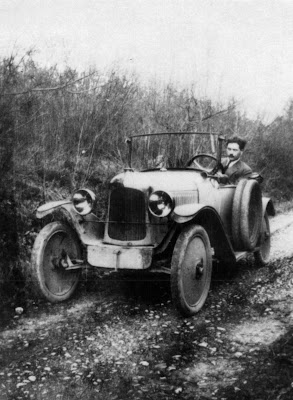Why do we see difficulties/limits in the development of African nationalism?
Most of the current political boundaries in Africa are a result of Colonialism. Therefore, many nations are composed of different tribal and ethnic groups. These groups often express more loyalty towards their tribal or ethnic group than they do to their home nation. Furthermore, the Europeans imposed political boundaries that had little relationship to African tribal boundaries, creating a lack of organization and understanding.
Africa after WW2
Increased nationalism led to independence for many African nations. Africans returning from the war resented being treated as "seemed" clan citizens in their own nations. Nationalism developed and independence movements gained strength as many European countries were unable or unwilling to fight to maintain their colonies.
1956
Gamal Abdel Nasser nationalized the Suez canal, which effectively took control away from the British.
However, the stability of many African nations continues to be threatened by the ethnic tribal loyalties of the people. These loyalties have been the cause of political instability and violence in many African nations since independence.Thus, there have been several consequences such as the Rebellion in Congo during the 1960's and the civil war in Nigeria (1967-1970).
Shortly after the end of WWII, most European nations were in the process of ending Imperialism central of Africa. Pan-Africanism (a nationalistic movement that calls for the unity of all African nations) was becoming prevalent on the continent of Africa. While it does have tremendous influence, such as the ANC (African National Council), it never succeeded in uniting all of Africa. Disunity and many of the problems facing Africa since the end of WW2 until present day can be blamed on European Imperialism. Political corruption is rampant because European imperialists left without establishing stable governments.
Ethnic tension exists because European borders were made without any thoughts given to the tribal system. One example of ethnic tension is the 1994 genocide in Rwanda, resulting from the tribal conflict between the Hutus and Tutsis, and many fled to Zaire to seek refuge. Despite the overwhelming problems, there have been some major accomplishments where nationalism has resulted in positive change.
Today
As Africa modernizes, clashes occur between traditional tribal practices and more modern attitudes and values. Africa has vast national resources, but little industry. Capital investment is needed to modernize and industrialize many African nations.
Since the collapse of Communism in the Soviet Union, and subsequent withdrawal of support, many African nations have turned toward capitalism to modernize and industrialize.
Since Nigeria’s independence in 1960, its government has frequently shifted between democracy and military dictatorship; this suggests that democracy is often difficult to establish in nations where little democratic tradition exists.
After independence, many African nations were renamed in an effort to break with European colonialism and reflect African heritage and tradition. (i.e. Rhodesia to Zimbabwe, Gold Coast to Ghana).
Also in Congo, May 1960, the MNC party (Movement National Conolais) led by Patrice Lumumba, won the parliamentary election and Lumumba was appointed Prime Minister. Joseph Kasavubu, of the ABAKO party, was elected president by the parliament. The Belgian Congo achieved independence on June 30, 1960, under the name of Republic of Congo.
Edited by Helena Dini Dec 11 8:00 PM

















